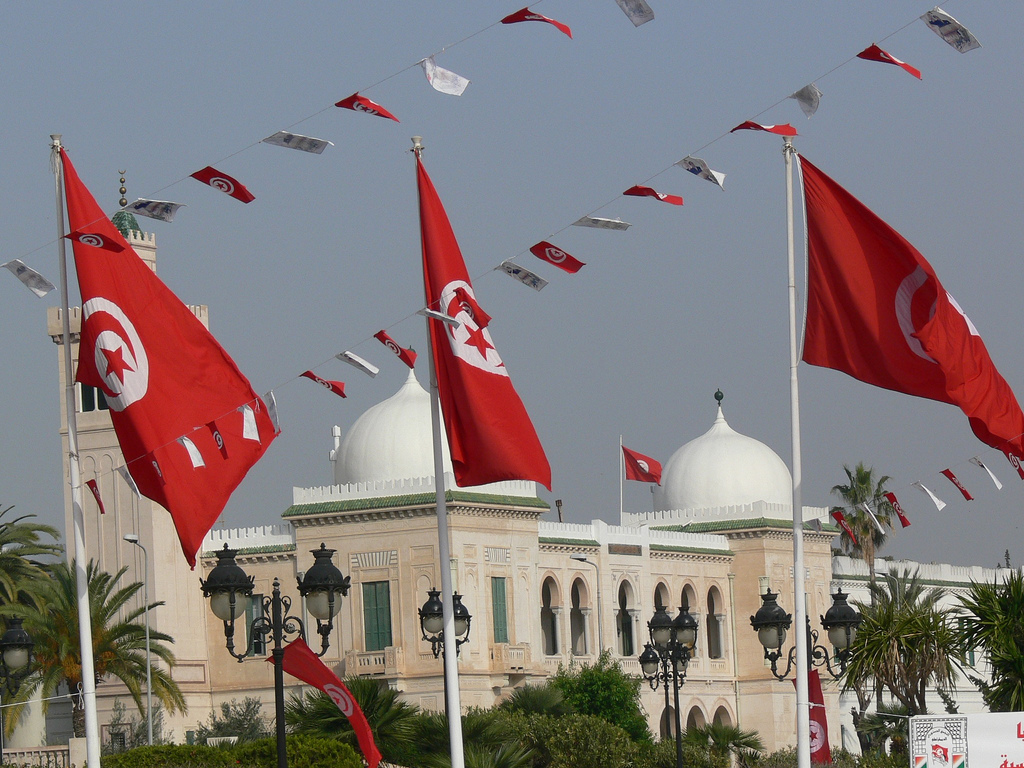
India’s economy is among the fastest growing major economies in the world. It is the world’s fifth-largest economy by nominal GDP and the third largest by purchasing power parity (PPP). Over 400 million citizens already live in India’s cities, and this is estimated to grow to over 800 million by 2050. By 2030, over 70% of India’s GDP and new jobs are expected to come from cities. Cities therefore will be crucial from two inter-dependent perspectives: (1) quality-of-life, and (2) as economic engines. Delivering on these counts largely depends on how financially sustainable and accountable India’s city governments, in other words – Urban Local Bodies (ULBs), will be.
Government Focus on Urban Development
In recent years, urban governance, specifically municipal finance, has been a key focus for Government of India, which has significantly increased funding for urban development in the country through its flagship schemes, which address the crucial social development areas of affordable housing (PMAY), urban water security (AMRUT), urban solid waste management (SBM), urban livelihoods (NULM), and integrated smart cities (SCM). The Ministry of Housing and Urban Affairs (MoHUA) has been the apex Ministry for coordinating and enabling a robust policy environment. The MoHUA plays an important role in defining the architecture and underlying intent of these outlays to ensure that the funding is catalytic rather than absolute funding, so that besides contributions from state and urban local body budgets, the cities are encouraged to strengthen their spend from their own resources. One such example is the cityfinance.in portal, conceptualized by Janaagraha, which was adopted and launched by MoHUA in May 2020.
Cityfinance.in
Cityfinance.in serves as the national municipal finance portal and provides standardized, timely, and credible financial information on India’s ULBs. It facilitates benchmarking, comparison, and peer learning between ULBs on a range of financial indicators. To date, cityfinance.in has hosted over 8,600+ audited financial statements of 3,100 municipalities in a standardized and comparable format in line with the National Municipal Accounting Manual/Code (NMAM) standards.
Cityfinance.in also plays a key role in the administration of the 15th Finance Commission (FC) grants of US$20 billion to 4,500+ municipalities across 28 Indian states, in a paperless, transparent manner for FY 2021-2026. The online grants management system implemented by MoHUA on cityfinance (www.cityfinance.in/fc_grant) has already been used by 3,500+ ULBs (roughly 75% of all ULBs in India) to claim the 15th FC grants for 2021-22.
The platform also brings ‘city at the center’ and equips administrators and decision makers at the city (and state) levels with tools to comprehensively assess the financial and operating performance of their ULBs in one place, including analytics/ insights/comparative analysis on key municipal finance ratios, financial statement summaries, and availability of a rich resource library including digital toolkits, best practices/case studies, e-learning modules, besides other features.
City Finance Rankings
Another urban governance tool recently introduced to monitor urban (financial) governance in India is the City Finance Rankings. In June 2022, the Prime Minister of India held a national conference of all state chief secretaries (the chief provincial administrative leaders) in which municipal finance was one of the key themes of discussions and deliberations. Among other things, the PM laid forward his vision to develop and implement a nationwide framework for ranking of ULBs based on their financial management. Taking this forward, MoHUA worked closely with its knowledge partner – Janaagraha Centre for Citizenship and Democracy (Janaagraha) – and this culminated in the launch of the ‘City Finance Rankings’ framework by the Union Minister for Housing and Urban Affairs on December 28th, 2022 .
The City Finance Rankings initiative aims to evaluate and reward India’s cities on their quality of financial health (at a given point in time) and year-on-year improvement in financial performance. It will assess the ULBs on three key municipal finance parameters – resource mobilization, expenditure performance and fiscal governance, that together help shape the financial sustainability and accountability of ULBs, which in turn reflects the cities’ ability to deliver good quality of public infrastructure and services, and hence good quality of life to its citizens.
Framework & Methodology
The city finance rankings will evaluate and assess each participating ULB on 15 indicators/metrics across 3 key municipal finance parameters, which are:
- Resource Mobilization refers to the size and adequacy of the own revenues within a municipality. The indicators in this pillar aim to assess the efficiency and sufficiency of revenue collection to ensure there is enough money to provide infrastructure and services to the citizens
- Expenditure Performance is associated with effective management of expenditures and sufficient outlays for providing infrastructure and services to the citizens. The indicators in this pillar will assess efficient expenditure management and capex optimization.
- Fiscal Governance refers to the robustness of systems in place within the ULB to ensure ULBs have transparent and accountable financial processes and there are resources/capacities for effective financial management
The City Finance Rankings will be hosted on www.cityfinance.in platform and aim to provide quantified outputs that will serve as a guide for informed policy decisions and could motivate states/ULBs in undertaking municipal financial reforms to be able to score and rank better in future rankings. The rich data and insights generated are likely to highlight the outcomes achieved by municipal bodies, best practices being followed, and provide critical insights into the state of finances of ULBs which national- and state-level constitutional bodies (such as finance commissions, accountant and auditor generals) could find useful.
Outcomes and Outputs
Over the course of next year, some outputs which are likely to follow the City Finance Rankings at the national and state levels may include:
- Annual report on municipal finance (national and state-wise)
- Repository of best practices, and innovations (tool for decision-makers)
- Handholding support to States
The outcomes at the ULB level envisioned as a result of the rankings may include:
- Increase in own revenues
- Increase in expenditure for infrastructure and service delivery
- Robust fiscal governance
More information on the City Finance Rankings framework and methodology is available on the Government of India (MoHUA)’s www.cityfinance.in portal. The final guidelines are likely to be published by MoHUA around 1st March 2023 along with the launch of the ranking module. Once the online module is launched, ULBs can start participating and directly submit their financial information/data, post which an independent PMU (appointed by the Ministry) will review/approve the details, and subsequently, a formula-driven algorithm will power the scoring and ranking of ULBs which will get displayed to the wider public using high-tech analytical dashboards.
Conclusion
The stage is set. It will now be interesting to see how the rankings initiative is implemented under the aegis of the Government of India and how many ULBs participate in the rankings, which will be the true and ultimate test. There are in fact many state leaders (of urban development departments) who seem to be taking a keen interest and want their ULBs to participate in the national rankings and embark on this arduous yet rewarding journey of fiscal self-discipline and improvement, to become truly self-reliant (‘Atmanirbhar’ in Hindi language). It will also be interesting to see how many ULBs’ see merit in this initiative and voluntarily participate in these rankings, with no financial incentives being attached to it (yet!).
Although it is still early days, and the battle is far from being won, one may hope that this initiative will be an important step in the transformation of the Indian cities’ financial well-being and with it a transformation of Indian (urban) citizens’ quality of lives.
Better provisioning of basic infrastructure to the citizens as well as improvement in the quality of service delivery is the need of the hour for Urban India, and City Finance Rankings will help this goal through data-driven solutions that strengthen the finances of ULBs and enable better urban development.
This blog was written by Mohak Mathur (Head of Municipal Finance) and Shobana Venaktasubbu (Manager of Municipal Finance) at the Janaagraha Centre for Citizenship and Democracy, Bengaluru (India). Janaagraha aims to transform the quality of life in India’s cities and towns by working with citizens and governments to improve the quality of citizenship and the quality of infrastructure and services.
Featured Photo by Sanket Shah on Unsplash





